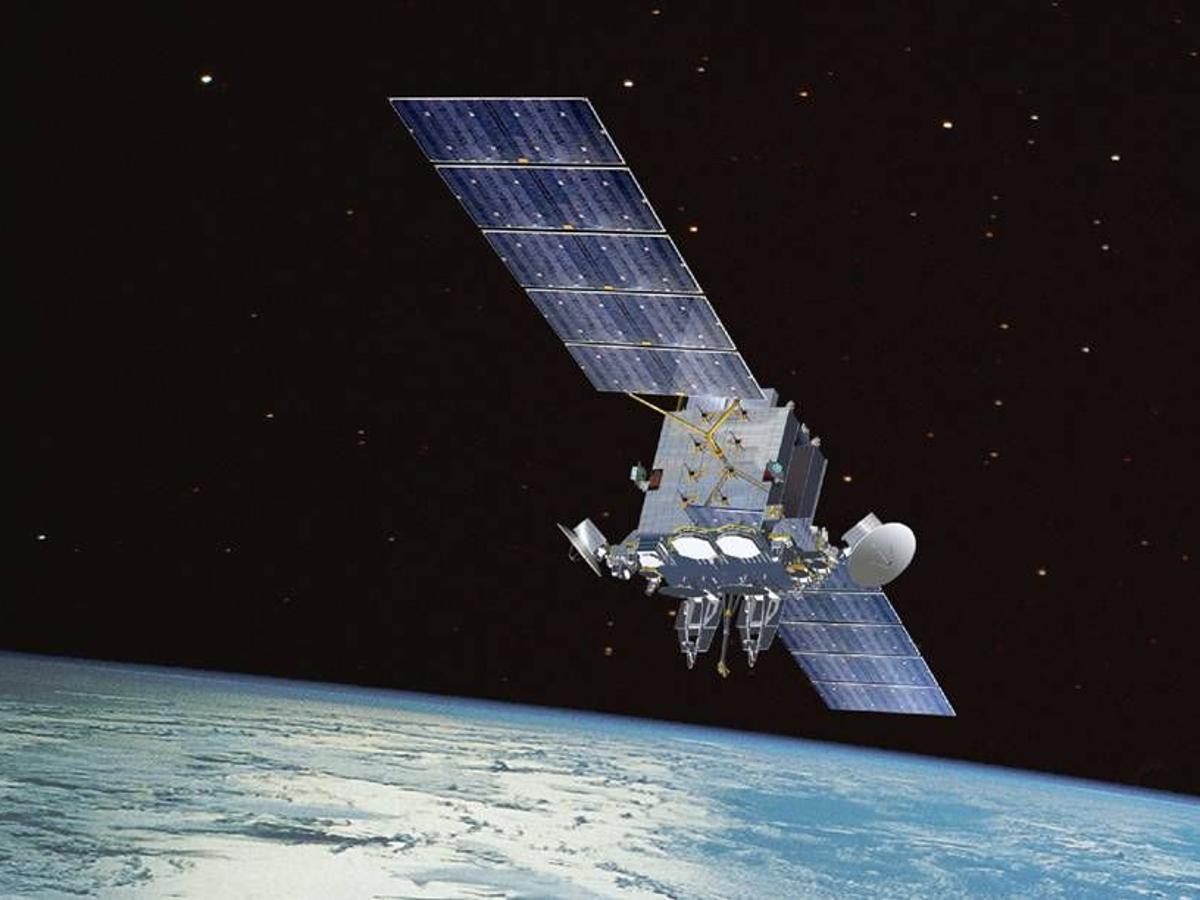A geostationary orbit also referred to as a geosynchronous equatorial orbit geo is a circular geosynchronous orbit 35 786 kilometres 22 236 miles above earth s equator and following the direction of earth s rotation.
Do satellites move in the same direction.
But there are other sattelites that.
This is a requirement for geostationary orbit and requires the least energy for launch.
An object in such an orbit has an orbital period equal to the earth s rotational period one sidereal day and so to ground observers it appears motionless in a fixed.
Weather and tv satellites seem to hover above the equator.
These satellites are in geostationary orbits.
While some satellites whiz around the world in 90 minutes others don t seem to move at all.
If it is launched toward the north or south it doesn t get to take advantage of this boost.
Certain satellites such as specific weather satellites even manage to hover above one specific area on earth s surface by rotating over the equator and orbiting once a day.
Of course satellites at geo will not travel against the earth surface and ones beyond geo will apparently travel backwards as earth s rotation overtakes them but they still travel in the same direction as earth rotates.
Or if the satellite is launched toward the east it takes a lot of fuel in the spacecraft s thrusters to change the inclination or tilt of its orbit.
Presently circling the earth at an average altitude of 216 mi 348 km and at a speed of 17 200 mi 27 700 km per hour it completes 15 7 orbits per day and it can appear to move as fast as a.
The nearer the satellites are to earth or the farther apart they are the more difficult the task of maintaining spatial relationships between the spacecraft.
Further there are several satellites that travel in pairs or trios with other satellites.
The time and direction the satellites will enter into the earth s shadow or set like a.
Are there any satellites currently that do travel in the opposite direction.
This is because the spacecraft must be in the same orbital plane to travel together.
Usually satellites orbit in the direction of earth s rotation but there are some satellites that travel in the opposite direction.




























